In this guide, we will understand what screen tearing is, what causes it, and what you can do to avoid that on your computer. We will offer you detailed information on these topics along with some proven solutions for the problem. Thus, Make sure you stick until the end of our guide to find out the best solution for your case.
Screen Tearing – What is it?
Screen tearing is a commonly occurring problem in high refresh monitors. But, you will also notice this problem on standard 60 Hz monitors. Basically screen tearing, as the name suggests, is the state of the display where you will see a distorted image for a split second when there is motion on the image. Screen tearing usually occurs in games when the game framerates do not match up with the refresh rate of your display. In general, screen tearing creates an image that seems improper for the user and makes it unable to interpret what information is available on the display. In gaming, screen tearing introduces input problems and causes loss in terms of output. For example, if you are playing a highly competitive game, a split second of screen tearing can be the difference between winning or losing a round. Even if you are not gaming, screen tearing is still a big problem as it creates an annoying feed on the display. A long term session with continuous screen tearing on the display will cause strain to your eyes and also reduce your productivity severely due to the fact that you won’t be able to work properly at all.
Why Does Screen Tearing Occur?
Now that you understand what screen tearing is, you can confirm whether the problem that you are having with your display is the same or not. If it is, you have arrived at the right place. Before we move on to the solutions for screen tearing, let us discuss the root cause of the problem so that you can understand the reasons behind the problem in your case. The most common problem behind screen tearing is your GPU operating out of sync with your monitor. Your GPU or CPU renders the frames that you see on your display, whether you are playing a game or watching a movie. If the processing unit is generating more frames than what your monitor can keep up with, you will see the overlapping of the data in a single frame, causing screen tearing. Usually, it occurs when the GPU is under heavy load. For example, when you are playing a heavy AAA game, or when you are performing a heavy task in the background and your GPUs memory cannot keep up with the load. High FPS is obviously a requirement for competitive games as it manages to reduce the input delay significantly. But with the refresh rate set to a certain limit, you might start noticing screen tearing based on the display that you are using.
Is It Possible To Fix Screen Tearing?
Most certainly, yes. Now that you understand the screen tearing problem completely, let’s focus on how you can resolve the issue. It is highly unlikely that the issue is caused by a hardware problem. If it is, the only possible solution would be to replace the graphics card or the monitor, or both in some rare cases. But before you get to that, here are some common solutions which you can try right away.
1. Adjust Display Resolution and Monitor Refresh Rate
An incorrect resolution setting is one of the most common reasons behind frequent screen tearing. The graphics card on your system generates the image at a particular resolution. The resolution of your monitor and your GPU must be synchronized. Here’s how you can verify that on your system.
Right-click on your desktop and select the “display settings” option.
You can also search “change resolution” in the windows 10 search bar and open the first result.
After that, scroll down to find “advanced display settings” and open it.
In this section, you will find detailed information about your current primary display. You also get the option to change the refresh rate of your monitor. If you are using a gaming monitor, make sure that the refresh rate is set to the maximum value offered by your display. You can also check the advanced settings for your display by clicking on the “display adapter properties” option present right below the specifications.
In this window, there is an option called “list all modes”. Here, you can check all the possible combinations of refresh rates, resolutions and colour modes offered by your display.
You can also switch to a different set right from this list and click on “ok” to start using the new settings.
We will recommend trying various settings from this list until you notice little to no screen tearing.
2. Turn the NVIDIA GSync Feature ON/OFF
If you are a gamer, you are probably familiar with Nvidia’s G-sync technologies. These are probably the best solutions to avoid screen tearing or ghosting problems on high refresh rate monitors. If supported by your display, these technologies manage the refresh rate of the display dynamically to keep in sync with the FPS of the game you are playing. If it is already enabled, you can try disabling it to check if the problem persists.
If you are using Nvidia’s graphic card, you can right-click on your desktop and select “Nvidia control panel” to manage the graphics driver settings. Once you are in the control panel, take a look at the menu available on the right side and select the “Set up G-sync” option. Now, the G-sync window will open. Here, you will see the “Enable G-sync” option on the top. Check the box to enable the feature. Below that, select the “Enable for full-screen mode” option if you only play games on the fullscreen display. If you have multiple displays, you will have to perform the same task for both. You can select the monitor right from this window. Click on the “Apply” button at the bottom to save changes. Now restart your computer and start a game to check whether you still see screen tearing. In some displays, you probably also need to enable the feature from the monitor’s onboard control panel.
3. Disabling Xbox Game Bar
The game mode is one of the latest features of Windows 10 that introduced various gaming-related features like recording, streaming and even communicating with other players. However, this feature creates additional load on the processor and causes problems like screen tearing. You can try disabling this feature to see if it fixes your problem.
Press Windows + I to open the Windows settings.
Now, select the “Gaming” option. You can identify the option from the Xbox symbol in the list.
Select the “Xbox game bar” feature from the left-hand menu to open the game bar settings.
On this page, simply disable the Xbox game bar from the toggle button present at the top.
Make sure you also uncheck the checkbox present below it. This prevents the game bar from opening when you are using a controller.
While you are at it, you should also try disabling various other settings related to the game bar such as broadcasting, captures, Game mode and networking.
4. Reset or Downgrade Graphics Drivers
Graphics drivers can also cause problems with your graphics card and its performance. In this case, what you can do is reset the graphic drivers on your computer by following these steps.
Open the device manager on your computer. You can do that by typing device manager in the windows 10 search bar and clicking on the first result. Head over to the ‘display adapters” option. Here, you will see the driver for your graphics card. Right-click on the driver and select the “uninstall” option. Now, follow the on-screen instructions to uninstall the driver. Wait a few minutes until the driver is completely uninstalled.
Your display will turn on and off a couple of times until the process is complete. Restart your computer and download the latest drivers from the official website. Now, install the drivers on your computer right away. You can also try installing previous versions of the driver if the issue started after a recent driver update.
5. Disable Frame Limit Feature in Games
Frame limiting is very common in games. To offer the best results, console games and ports of console games on PC are capped at a certain FPS limit so that your GPU can offer you a constant frame rate as well as a stable performance. But, a lot of games end up resulting in screen tearing because of the frame limit option. Disabling the frame limit option on a particular game might be the best course of action for you if you are facing a problem in a particular game. Generally, you will find the option under graphic settings, or the display settings section on the game settings. Turning the frame limit off will allow your GPU to process more frames every second which will offer you a much better response time, and also possibly avoid screen tearing on high refresh rate monitors.
6. Turn Off Smooth Scrolling Feature
Smooth scrolling is a performance-based feature in Windows 10 that offers fluent animation while you are scrolling on a page. It basically adjusts the output from your graphic in such a way that more frames are generated while you are scrolling through a page or a window to avoid laggy output. But, it can also cause screen tearing if it does not go well with the refresh rate of your monitor. You can try disabling the smooth scroll option by following these steps.
Type “Adjust appearance” in the search bar and open the first result.
Now, a new window shall open which consists of all visual performance-related options for your OS.
The second last option in this list relates to smooth scrolling. Simply, uncheck the “Smooth-scroll list boxes” option to disable this feature.
You can also try disabling various other features from this list to increase the speed of your OS. Restart your computer for changes to take effect.
7. Change The Power Plan
Almost all of the solutions mentioned so far relate to both gaming computers and laptops. But, the following solution is definitely more suitable for gaming laptop users. There are various plans included in the gaming laptop that limit the performance of the device according to the battery levels. You can try the following solutions on both laptops as well as your computer and see if it fixes the problem.
Open the Run window on your computer by pressing “Windows + R”. Type Powercfg.cpl in the box and press enter.
Here, you will find all the options related to power settings.
You can click on the “Show additional options” to expand the menu further.
In this section, select the “High performance” option. This will eliminate all power-related constraints from your CPU as well as GPU and allow it to operate at maximum efficiency.
Restart your computer to enable this power plan and check if the screen tearing is still occurring.
Conclusion
We hope that you have found the best solution on our guide today to avoid the screen tearing problem on your computer. We recommend you try out all of the solutions provided here before you move on to hardware-based changes. In a lot of cases, the problem is caused by the software, game or the driver of your GPU which can be resolved easily. If you are facing any problems while following the steps mentioned here, you can reach us via the comment section with your query. Comment * Name * Email * Website
Δ



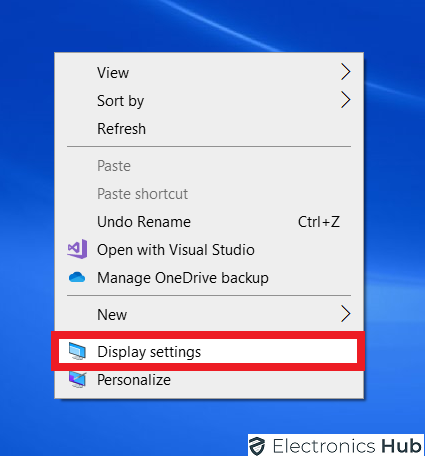
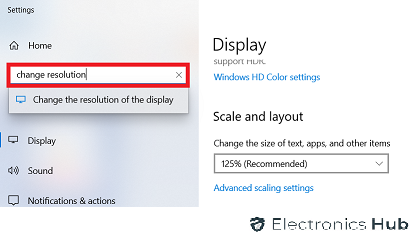
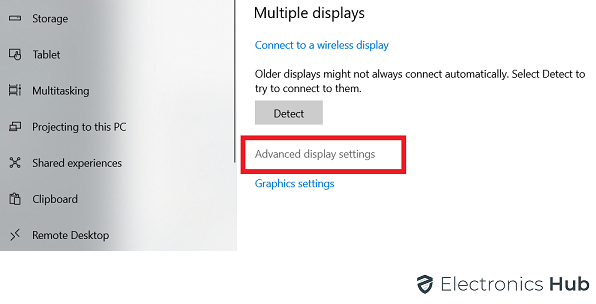
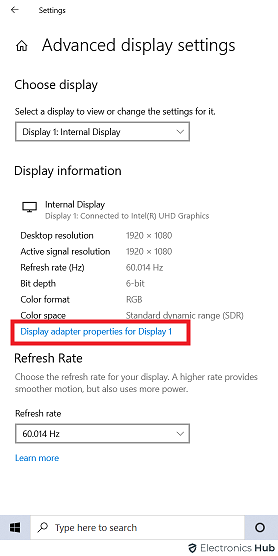
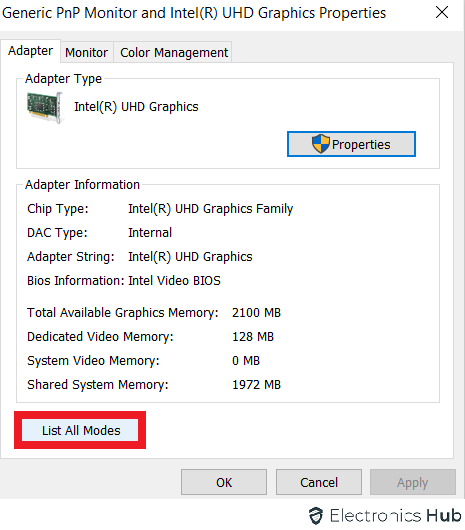
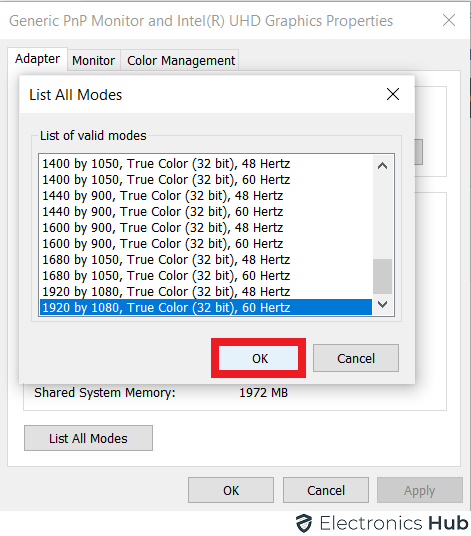
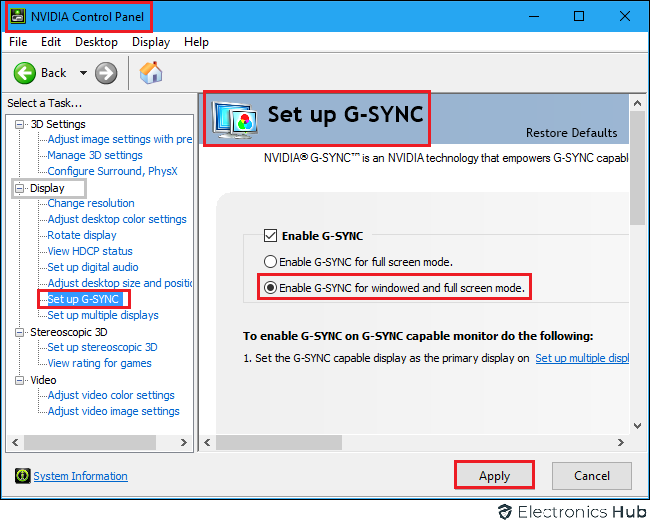
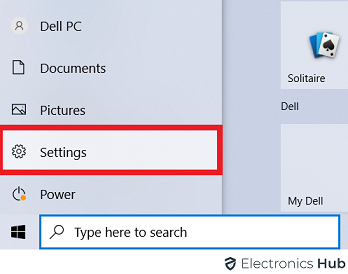
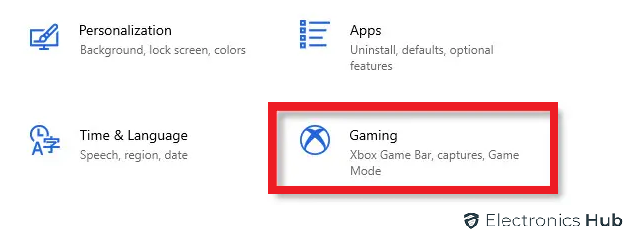
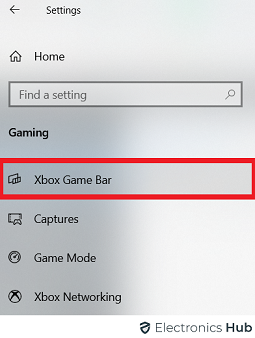
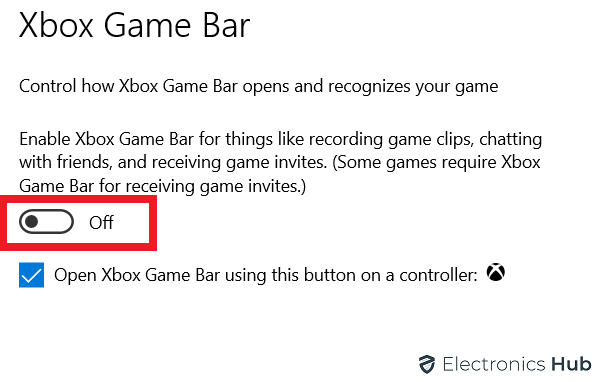
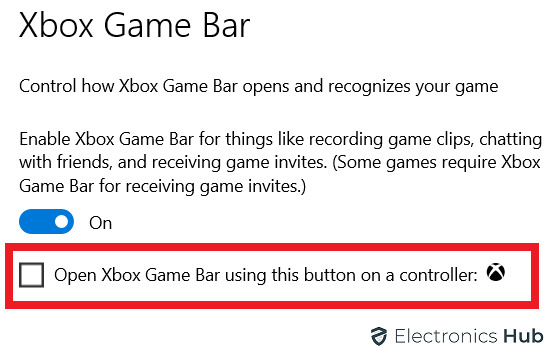
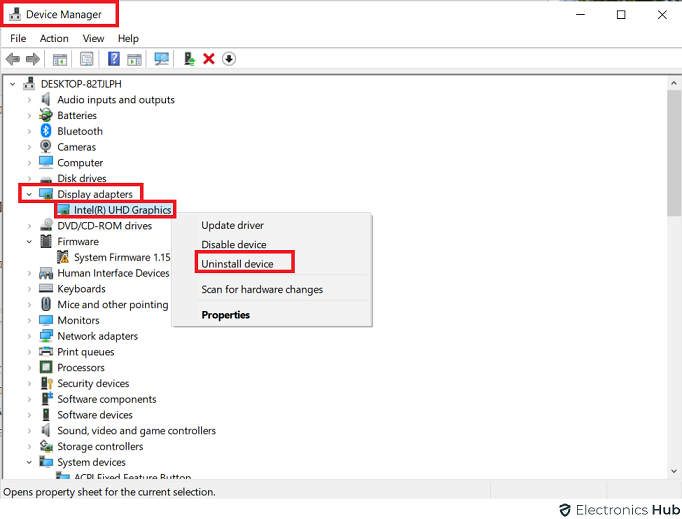
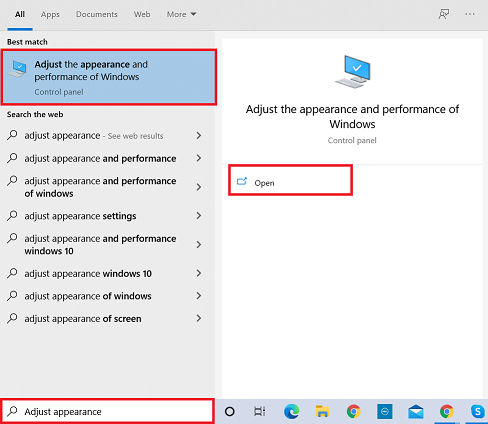
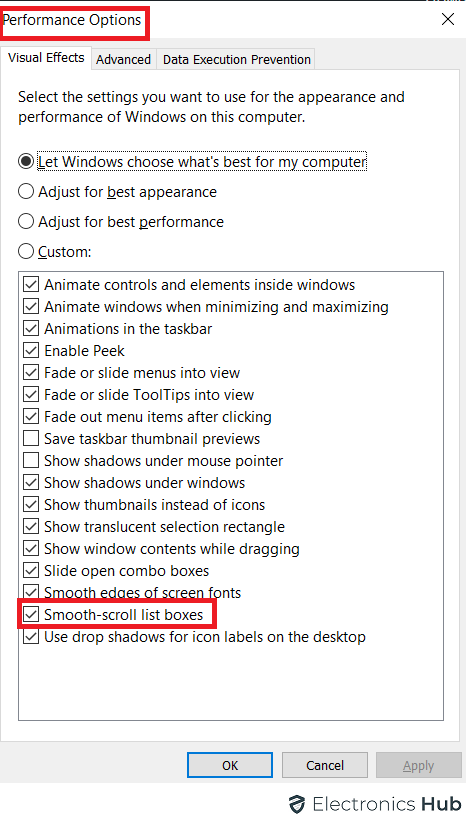
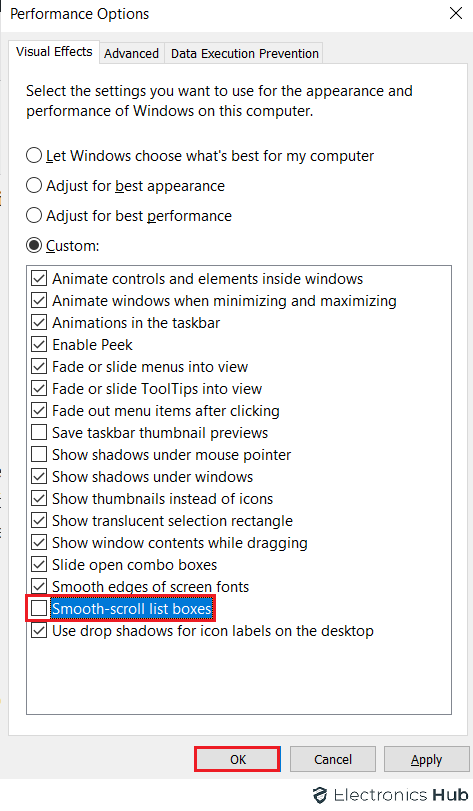
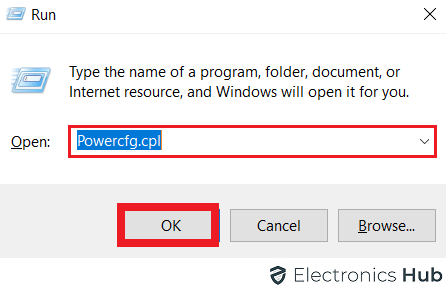
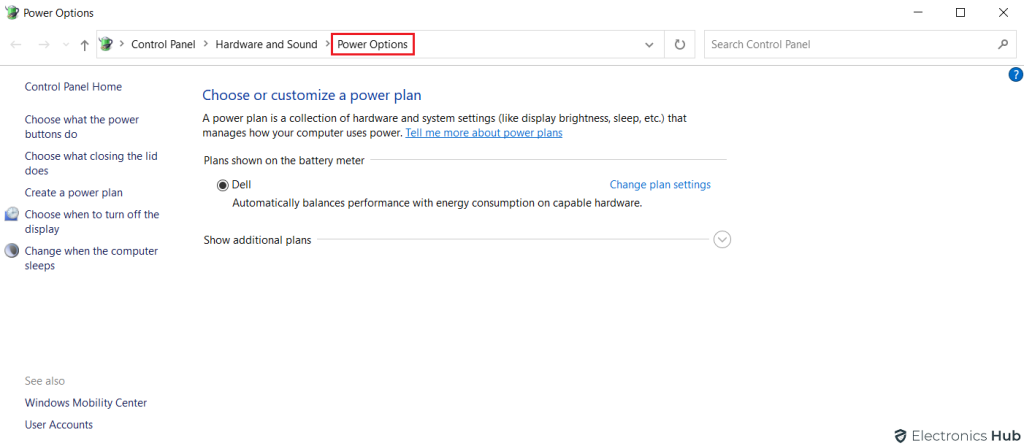
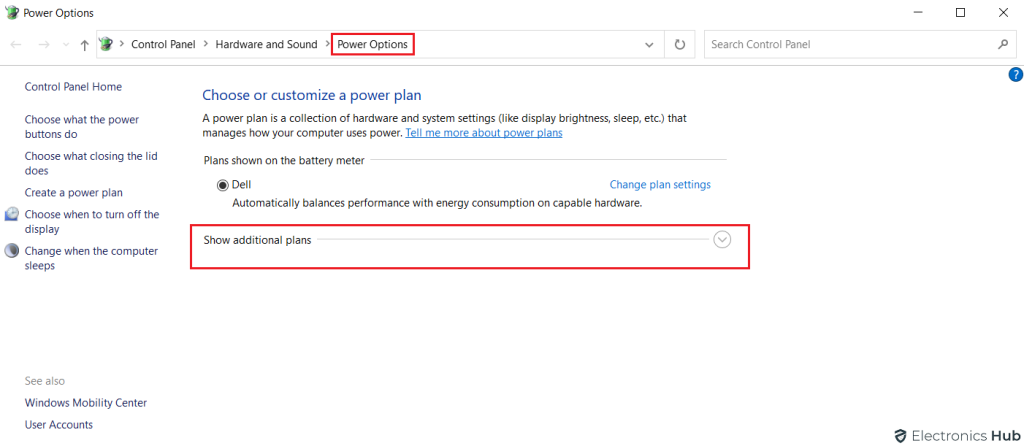
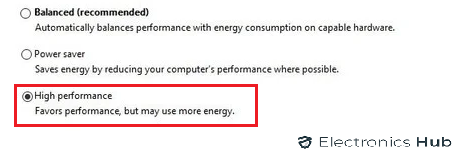


![]()